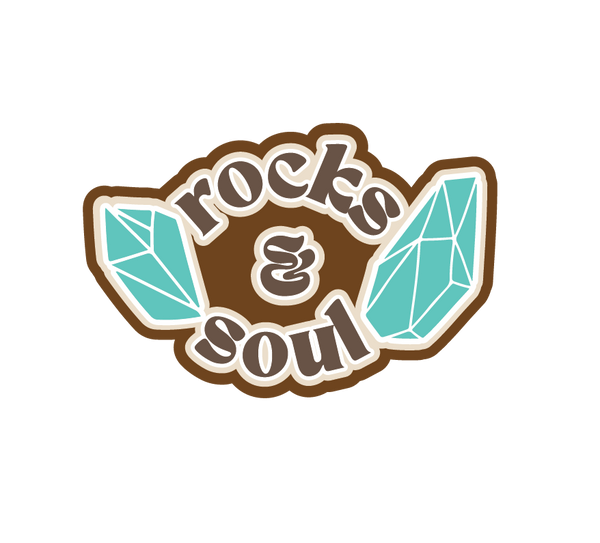They say good things come to those who wait. So, imagine how good something must be after millions of years in the making!
Our latest shipment of megalodon teeth has surfaced – straight from the ancient seabeds of North Carolina, South Carolina and Florida. (And while they sell out quickly, don’t fret. More are on their way over from the US!)
Sourced by independent diver, underwater paleontologist and ex-Navy diver John Taylor, each fossil is a one-of-a-kind piece of deep-sea history – finally ready to come up for air.
And now? We’re sharing all the jaw-dropping details with you.
Meet the megalodon
Long before humans ever set foot on land, megalodon ruled the oceans – and I mean ruled.
This absolute unit of a shark was one of the most formidable predators in our planet’s history, roaming the seas between 23 and 3.6 million years ago.
Records suggest it could reach lengths of up to 60 feet (about the size of a bus), with teeth over 7 inches long and a bite force estimated at 40,000 pounds. It likely hunted all kinds of marine megafauna and probably snacked on early whales like popcorn shrimp.
All this to say, it played a huge role in shaping the prehistoric ocean ecosystem.
Their name literally means ‘big tooth’, which, frankly, is both accurate and a little understated. I mean, check out the size of this thing compared to my hand!
But, despite its size and strength, megalodon disappeared from the fossil records millions of years ago – leaving only a few traces behind (wink, wink, nudge, nudge).
 Extinct, but still making waves
Extinct, but still making waves
There’s something wild about holding a fossil that was once lost to the ocean floor – buried in darkness, pressure and time.
These megalodon teeth have been through it all: drifting through ancient currents, settling into prehistoric seabeds and surviving long after the species itself vanished.
Megalodon went extinct around 3.6 million years ago, likely due to cooling oceans, shrinking coastlines and rising competition for food (looking at you, great whites) (still love you though).
But their legacy? Still sharp as ever.
Earth’s slowest art project
After doing their time in the jaws of a mega-shark, these teeth kicked off their second act: fossilisation.
Like all sharks, megalodon shed teeth constantly – thousands over a lifetime – leaving behind the prehistoric version of breadcrumbs.
Once those teeth hit the seafloor, they got buried under layers of sand, silt and whatever else was floating around down there. Enter permineralisation: a slow, underground process where mineral-rich water seeped in and gradually swapped out the original tooth material – like dentin and enamel – for tougher stuff like phosphate, silica and calcite.
What’s left behind is a fossil that’s not just ancient, but incredibly well-preserved – proof that even after millions of years, some things refuse to be forgotten.
Where the past washes up
Our current collection comes straight from the fossil-rich grounds of North Carolina, South Carolina and Florida – areas that were once submerged beneath warm, shallow seas teeming with ancient marine life.
These waters also served as ancient mating grounds and shark nurseries, making them prime spots for megalodon activity.
Over millions of years, as sea levels rose and fell, those waters left behind thick layers of sediment packed with prehistoric remains – and a whole lotta teeth.
Today – due to erosion, shifting coastlines and a little geological luck – those layers are exposed in rivers, creeks and sand pits, making this corner of the US a fossil jackpot for people who know where to look.
Luckily, one of those people was John Taylor, the independent diver who sourced our teeth (and probably dreams in sediment layers). The diving itself isn’t exactly a casual swim, either. Strong currents, low visibility and deep dives make each fossil a hard-earned find.
No mass-produced pieces here – just ethically recovered, museum-worthy treasures with a real story behind them.
Each tooth, one-of-a-kind
What’s insane is how no two teeth are alike.
Some have serrations so sharp they look fresh off the shark. Others are weathered, barnacle-encrusted beauties that wear their journey like armour.
In our collection, you’ll spot subtle differences in shape, colour and condition, influenced by the specific mineral content and sediment type where they fossilised.
It’s the coolest kind of natural variation – and exactly what makes each piece in our drop truly one-of-a-kind.
From ancient depths to your shelf
Whether you’re a fossil fanatic, a shark lover or just someone who thinks a 5-inch prehistoric tooth is a pretty cool desk accessory (we agree), this drop is for you.
But remember, these teeth are more than cool artifacts – they’re pieces of history, science and legend.
And they’re ready to be yours!
Want to hold 20 million years of history in your hand – shark-related or otherwise? Head to our fossils page to shop our full collection.

